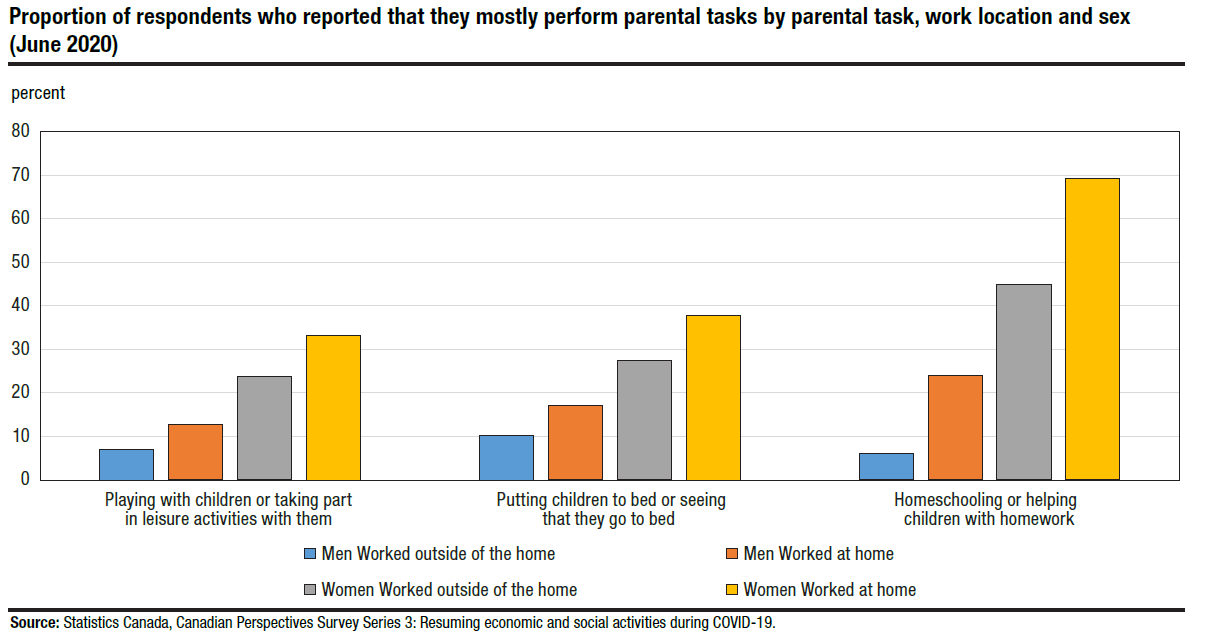[et_pb_section fb_built=”1″ _builder_version=”4.7.0″ custom_margin=”0px||0px||false|false” custom_padding=”0px||0px||false|false”][et_pb_row column_structure=”3_4,1_4″ use_custom_gutter=”on” gutter_width=”2″ _builder_version=”4.7.7″ _module_preset=”default” width=”100%” custom_margin=”0px||||false|false” custom_padding=”0px||0px||false|false” border_width_bottom=”1px” border_color_bottom=”#a6c942″][et_pb_column type=”3_4″ _builder_version=”4.7.0″ _module_preset=”default”][et_pb_post_title meta=”off” featured_image=”off” _builder_version=”4.7.4″ _module_preset=”default” title_font=”||||||||” custom_margin=”||3px|||” border_color_bottom=”#a6c942″][/et_pb_post_title][/et_pb_column][et_pb_column type=”1_4″ _builder_version=”4.7.0″ _module_preset=”default”][et_pb_image src=”https://edmontonsocialplanning.ca/wp-content/uploads/2020/12/COLOUR-BLOCKS_spaced-300×51.png” title_text=”COLOUR BLOCKS_spaced” align=”center” _builder_version=”4.7.7″ _module_preset=”default” max_width=”100%” max_height=”75px” custom_margin=”0px|0px|0px|0px|false|false” custom_padding=”10px|0px|20px|0px|false|false” global_module=”96648″][/et_pb_image][/et_pb_column][/et_pb_row][et_pb_row column_structure=”3_4,1_4″ use_custom_gutter=”on” gutter_width=”2″ make_equal=”on” _builder_version=”4.7.7″ background_size=”initial” background_position=”top_left” background_repeat=”repeat” width=”100%” custom_margin=”0px|auto|0px|auto|false|false” custom_padding=”30px|0px|0px|0px|false|false”][et_pb_column type=”3_4″ _builder_version=”4.5.6″ custom_padding=”0px|0px|0px|0px|false|false” custom_padding__hover=”|||”][et_pb_text _builder_version=”4.7.5″ _dynamic_attributes=”content” _module_preset=”default” text_font=”|600|||||||” text_text_color=”#2b303a” custom_padding=”||32px|||”]@ET-DC@eyJkeW5hbWljIjp0cnVlLCJjb250ZW50IjoicG9zdF9kYXRlIiwic2V0dGluZ3MiOnsiYmVmb3JlIjoiIiwiYWZ0ZXIiOiIiLCJkYXRlX2Zvcm1hdCI6ImRlZmF1bHQiLCJjdXN0b21fZGF0ZV9mb3JtYXQiOiIifX0=@[/et_pb_text][et_pb_text _builder_version=”4.9.4″ text_text_color=”#2b303a” text_line_height=”1.6em” header_2_font=”||||||||” header_2_text_color=”#008ac1″ header_2_font_size=”24px” background_size=”initial” background_position=”top_left” background_repeat=”repeat” text_orientation=”justified” width=”100%” module_alignment=”left” custom_margin=”0px|0px|0px|0px|false|false” custom_padding=”25px||||false|false” hover_enabled=”0″ locked=”off” sticky_enabled=”0″]
Note: this op-ed was first published in the Edmonton Journal on May 27, 2021 (p. A6).
Written by Sydney Sheloff and Brett Lambert
The COVID-19 pandemic has impacted nearly all segments of our society, especially vulnerable and marginalized groups. Families with children have particularly felt the effects due to the back and forth between the closing and re-opening of schools and child-care centres as successive waves of the virus spread through the community.
The pandemic has taken a toll on the economy, contributing to high unemployment rates and increased financial instability. At the same time, families are having to contend with increased costs related to food, child care, virtual or in-person learning, face masks, and other expenses. What is needed during this trying time is relief and stability to alleviate and reduce poverty. Child benefits are an important measure towards that end. The Edmonton Social Planning Council has long touted the advantages of enhanced child benefits for low-income families.
Fortunately, the federal Canada Child Benefit (CCB) delivers tax-free monthly payments to families to help with costs related to raising children under the age of 18. For many families, it is a crucial stabilizer and has been credited with lifting nearly 300,000 children out of poverty. Positive impacts of child benefits include improved educational outcomes, food security, and stronger social cohesion. It also has the advantage of efficiently delivering relief during times of crisis. This was on display when the federal government distributed an extra payment of $300 per child through the CCB during the beginning of the pandemic in May 2020.
Acknowledging that COVID-19 has continued to impact families, extra payments totalling a maximum of $1,200 per child under the age of six are being sent to families in 2021 through the CCB young child supplement. The first in a series of payments is expected to reach families on May 28.
Despite these robust investments in child benefits on a federal level, unfortunately, the same cannot be extended to the provincial Alberta Child and Family Benefit (ACFB). While the provincial benefit – which was revamped from the previous Alberta Child Benefit and the Alberta Family Employment Tax Credit and collapsed into a single program in July 2020 – does provide a 15-per-cent increase in benefits for the lowest-income families compared to the previous iteration of the program, the benefit levels drop off more quickly as incomes rise.
For example, a dual-income family with two children that made an annual household income of $41,000 would have received $2,640 in benefits in the previous program. Under the current ACFB, this same family would only receive $2,296. Every penny counts when you are raising children and even small reductions set families back. Moreover, the fact that these changes were implemented as Alberta was plunged into a pandemic as families were forced to navigate various restrictions did not make life easier for many working families. In addition, there have not been any plans to bring in pandemic-related enhancements to act as a bridge between the boosts to the federal program.
To be sure, the province did announce a one-time payment of $561 per child through the Working Parent Benefit for March 2021. While this measure was helpful, this benefit was only available to parents with children enrolled in a child care program, limiting the reach and scope of the relief.
If we are to emerge from the other side of this pandemic fully intact, more robust relief measures that prioritize the well-being of families and children in contending with rising costs are needed from the provincial government. A re-tooling of the ACFB to be responsive to upheavals like the pandemic has the potential to transform the program to be nimble and dynamic. Allowing the provincial program to be under-utilized only furthers the risk of families that are already struggling and falling even further behind. A complete and successful recovery for families needs robust co-ordination between both orders of government.
Sydney Sheloff is Research Officer for the Edmonton Social Planning Council.
Brett Lambert is Community Engagement Coordinator for the Edmonton Social Planning Council.
[/et_pb_text][/et_pb_column][et_pb_column type=”1_4″ _builder_version=”4.7.4″ custom_padding=”0px|20px|0px|20px|false|false” border_color_left=”#a6c942″ custom_padding__hover=”|||”][et_pb_testimonial author=”Posted by:” job_title=”@ET-DC@eyJkeW5hbWljIjp0cnVlLCJjb250ZW50IjoicG9zdF9hdXRob3IiLCJzZXR0aW5ncyI6eyJiZWZvcmUiOiIiLCJhZnRlciI6IiIsIm5hbWVfZm9ybWF0IjoiZGlzcGxheV9uYW1lIiwibGluayI6Im9uIiwibGlua19kZXN0aW5hdGlvbiI6ImF1dGhvcl93ZWJzaXRlIn19@” portrait_url=”@ET-DC@eyJkeW5hbWljIjp0cnVlLCJjb250ZW50IjoicG9zdF9hdXRob3JfcHJvZmlsZV9waWN0dXJlIiwic2V0dGluZ3MiOnt9fQ==@” quote_icon=”off” portrait_width=”125px” portrait_height=”125px” disabled_on=”on|off|off” _builder_version=”4.7.7″ _dynamic_attributes=”job_title,portrait_url” _module_preset=”default” body_text_color=”#000000″ author_font=”||||||||” author_text_align=”center” author_text_color=”#008ac1″ position_font=”||||||||” position_text_color=”#000000″ company_text_color=”#000000″ background_color=”#ffffff” text_orientation=”center” module_alignment=”center” custom_margin=”0px|0px|4px|0px|false|false” custom_padding=”32px|0px|0px|0px|false|false”][/et_pb_testimonial][et_pb_text disabled_on=”on|off|off” _builder_version=”4.7.7″ _dynamic_attributes=”content” _module_preset=”default” text_text_color=”#000000″ header_text_align=”left” header_text_color=”rgba(0,0,0,0.65)” header_font_size=”20px” text_orientation=”center” custom_margin=”||50px|||” custom_padding=”48px|||||”]@ET-DC@eyJkeW5hbWljIjp0cnVlLCJjb250ZW50IjoicG9zdF9jYXRlZ29yaWVzIiwic2V0dGluZ3MiOnsiYmVmb3JlIjoiUmVsYXRlZCBjYXRlZ29yaWVzOiAgIiwiYWZ0ZXIiOiIiLCJsaW5rX3RvX3Rlcm1fcGFnZSI6Im9uIiwic2VwYXJhdG9yIjoiIHwgIiwiY2F0ZWdvcnlfdHlwZSI6ImNhdGVnb3J5In19@[/et_pb_text][/et_pb_column][/et_pb_row][/et_pb_section]





